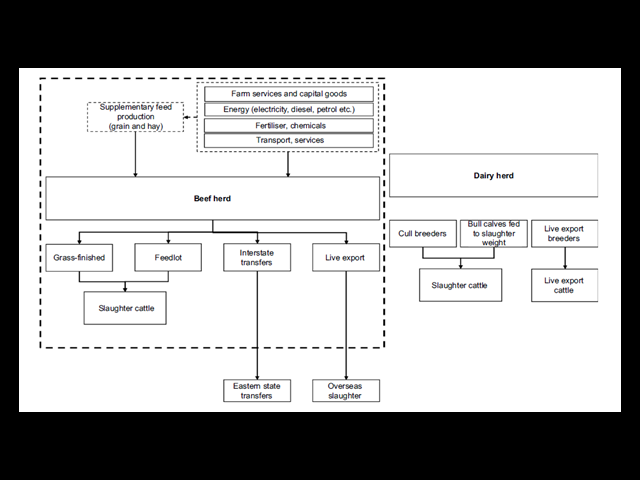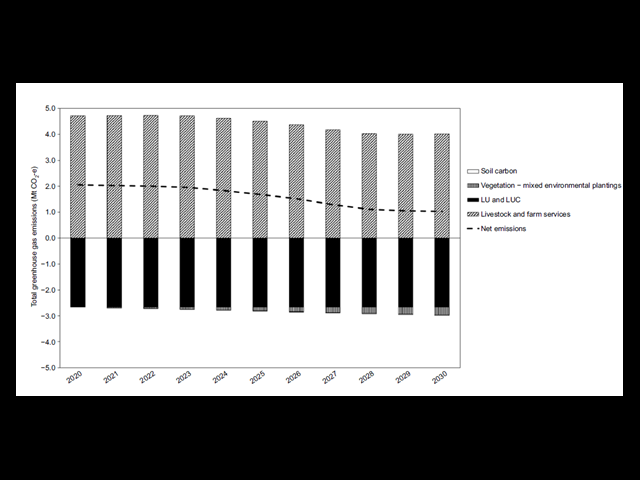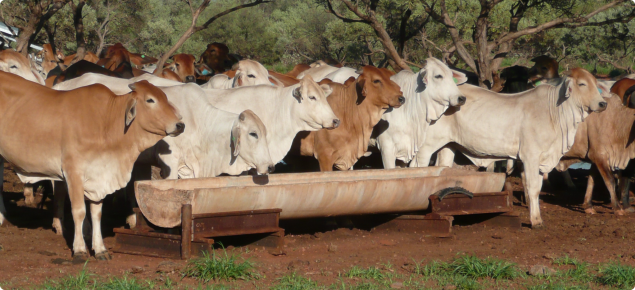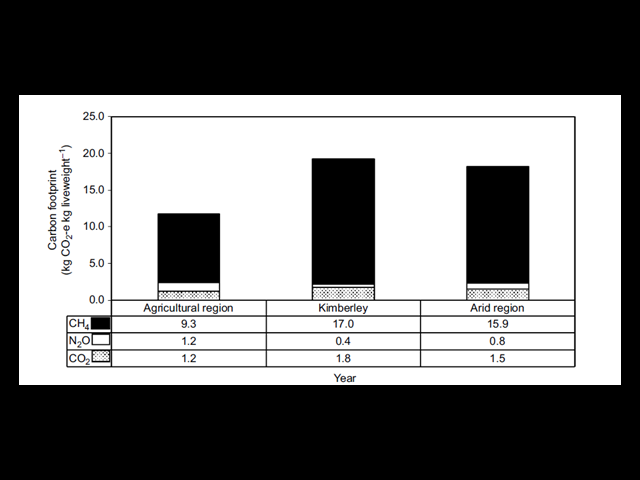The Net greenhous-gas emissions and reduction opportunities in Western Australian beef industry report provides a a clear picture of the beef industry’s greenhouse gas emissions and allows industry to make informed decisions about implementing climate-positive strategies.
Identifying carbon “hot spots” within the beef supply chain will assist industry to address issues relating to sustainability and land management practices. Improvements in these areas will assist industry to maintain their social licence to farm and promote WA sheep products to environmentally-conscious consumers.
This nationally significant project aligns with other DPIRD initiatives, including achieving Carbon Life Cycle Analysis for the Western Australian sheep industry, carbon neutrality for the Katanning Research Station (KRs) and the Carbon Farming and Land Restoration Program.
DPIRD partnered with Integrity Ag & Environment - Australia's leading consultants in LCAs of agrifood systems with specific skills in beef and agricultural systems. The report is published in the Animal Production Science journal and is available through open access. The full paper can be found here and under documents on this page
Project objectives
- Complete an LCA focused on greenhouse gas emissions (carbon footprint) for the WA beef industry from a tropical, arid and agricultural perspective.
- Identify carbon impact hotspots associated with the WA beef industry.
- Identify information requirements to track environmental performance over time.
- Explore improvement options for production in WA, allowing DPIRD to understand and potentially set targets to reduce impacts over time.
Methods and data analysis
A cradle-to-gate attributional life-cycle assessment with a reconciled livestock inventory of herd numbers and turnoff, was used. Emission reduction strategies were examined and included herd management, enteric-methane mitigation, and removals via carbon sequestration in vegetation and soils.
Beef production (farm level)
Farm and pastoral scale information required for this analysis includes: energy and water use, beef production data (herd inventories of numbers, sales and movements, weight-for-age and/or transfer weights etc.), purchased inputs (such as fuel, machinery and supplementary feed), use of contractors, feed use and ration descriptions (if relevant).
Modelling
Based on these surveys, Integrity Ag & Environment modelled the emissions of beef production, using a custom modelling platform developed by the company that has been published in the peer-reviewed scientific literature.

Summary of results
Modelled livestock numbers were found to be 36% higher than reported in the Australian Bureau of Statistics (ABS), resulting in an emission profile of 4.7 million tonnes (Mt) of carbon dioxide equivalent (CO2-e) (excluding land use (LU) and direct LU change (dLUC)). This profile was 26% higher than emissions reported in state inventories. LU and dLUC were estimated to be a greenhouse-gas removal of −2.6 Mt CO2-e, although with high uncertainty.
The mean Carbon Footprint (CF) for WA was 15.3 kg CO2-e per kg liveweight (LW) (excluding LU and dLUC). State-wide removals from LU and dLUC were estimated to be −8.5 kg CO2-e/kg LW. The CF was 11.7, 19.2 and 18.2 kg CO2-e/kg LW for the Agricultural, Kimberley and Arid regions respectively. The implementation of herd-management strategies and anti-methanogenic supplements resulted in a maximum 25% reduction.

Herd productivity and market specifications were key drivers of regional differences in CF. Opportunities exist to reduce the CF in northern herds through diverting cattle to Australian backgrounding and feedlot supply chains to reach slaughter weight at a younger age. Adoption of anti-methanogenic feed supplements were important; however, achieving major reductions in the next decade will rely on removals via carbon sequestration in soil and vegetation.
Considering the magnitude of removals and elevated uncertainty in this result, further research and new datasets are needed to refine this analysis. New datasets are required to accurately report livestock numbers and track and reduce future GHG emissions from this higher baseline. Technical, cost and adoption barriers will need to be addressed by developing actionable pathways to achieve emission reduction in the mid-to long term.
Start date: 1 May 2021
End date: 1 May 2023


